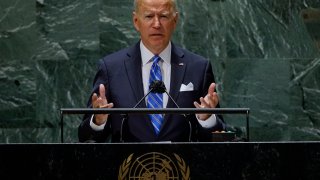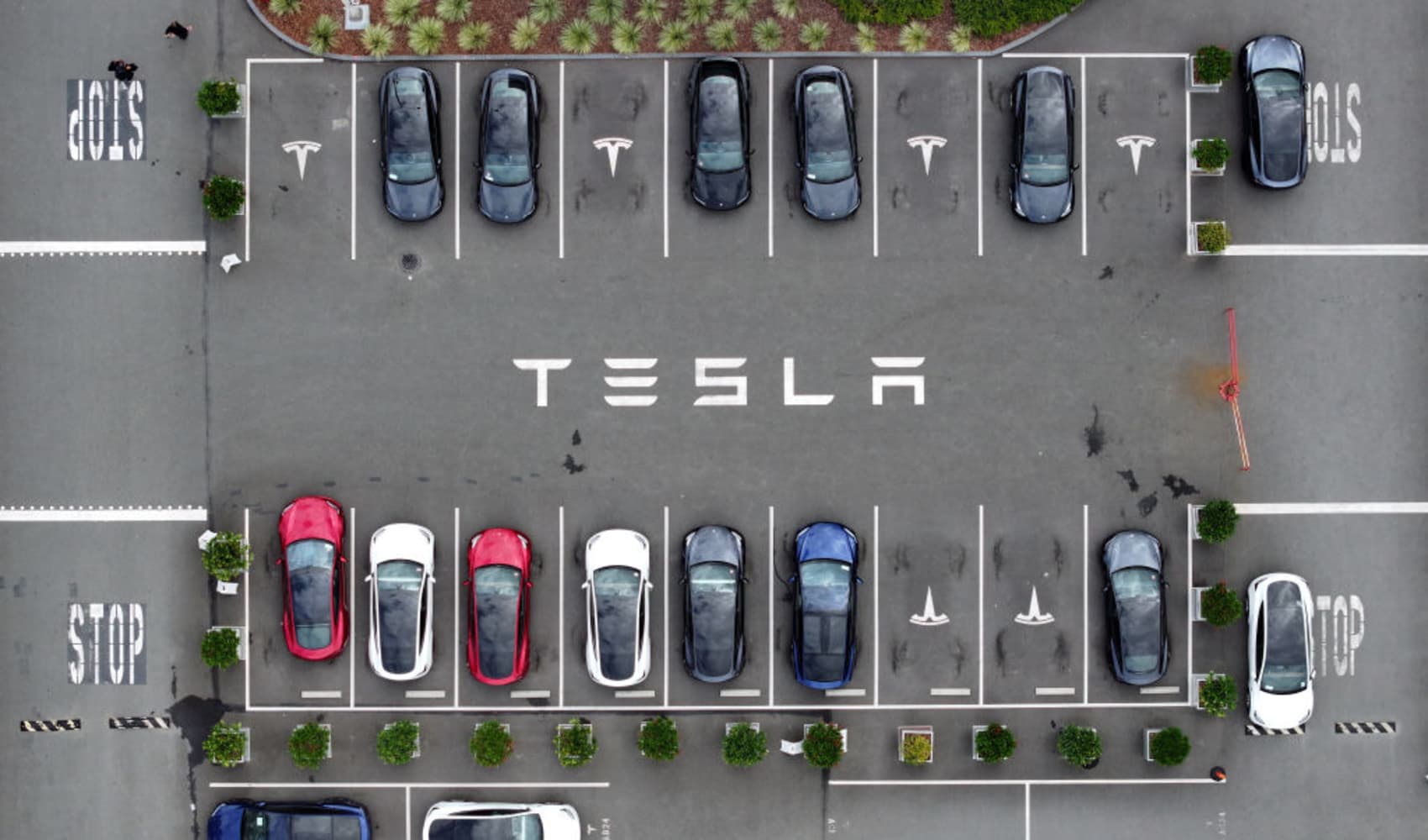
- President Joe Biden and House Democrats have each unveiled tax plans to raise levies on Americans with more than $400,000 of annual income.
- That equates to roughly the top 1% to 2% wealthiest households, according to tax data and policy experts.
- It isn't unusual for presidential hopefuls to peg their tax plans to a certain income threshold.
President Joe Biden and House Democrats have unveiled plans to raise taxes on households with more than $400,000 of annual income, and cut or maintain taxes for those below the line.
But what's the significance of this tax-policy North Star?
At its core, the policy aims to collect more tax revenue from the wealthiest Americans. Income of at least $400,000 represents roughly the top 1% to 2% of households, according to tax data and policy experts.
Get Philly local news, weather forecasts, sports and entertainment stories to your inbox. Sign up for NBC Philadelphia newsletters.
More from Personal Finance:
House Democrats propose limit on a popular tech industry tax break
What debt ceiling woes could mean for Social Security benefits
Why renters are struggling so much now
But the reasons for choosing $400,000 as a line demarcating the rich from lower and middle earners aren't entirely clear, since the number doesn't precisely match household tax statistics, experts said.
"It is an arbitrary threshold," according to Leonard Burman, who co-founded the Tax Policy Center, a joint project of the Brookings Institute and the Urban Institute. "There's no analytical justification for it."
Money Report
Spokespeople for the White House and House Ways and Means Committee didn't return requests for comment.
Top 1% or 2%?
IRS data is somewhat fuzzy on the matter. The agency reports tax data using a $500,000 breakpoint, not $400,000.
Americans with $500,000 or more of income were in the top 1.1% of tax filers in 2018, according to most recent IRS data. (This data doesn't distinguish between tax status like single, married or head of household.)
If extrapolating, those with at least $400,000 of income would be closer to the top 2%, according to Garrett Watson, a senior policy analyst at the Tax Foundation.
However, these figures don't represent all American households; they only include people who filed a tax return.
The data therefore omits millions of non-filers, who are largely low earners, and skew the percentage. (Nearly 27 million people didn't file a return in 2021, for example, the Tax Policy Center estimates.)
Including this large swath of lower earners in estimates means a $400,000 income most likely falls closer to the top 1% of total U.S. households, Watson said.
A $400,000 pledge
Tax pledges pegged to income levels aren't new. For example, Democratic presidential contenders like John Kerry and Barack Obama used incomes of $200,000 and $250,000, respectively, for key elements of their tax plans during their campaigns, Watson said.
Biden's higher $400,000 baseline may reflect growing income and wealth inequality in the U.S., Watson added.
There may also be a geographical justification — the recognition that a $400,000 income, while high according to national standards, may not go as far in some major cities with high costs of living.
"It's less high in Washington, New York, Los Angeles and San Francisco than it is in all the rest of the country," Burman said.
Earlier this year, the White House issued a tax plan with the $400,000 guiding principle, aiming to use new tax revenues from the wealthy to fund an expansion of the U.S. safety net and investments to mitigate climate change.
House Democrats unveiled legislation last week adhering to that policy goal. For example, single taxpayers with $400,000 or more of income (and married couples with $450,000 or more) would see their top marginal income-tax rate increase to 39.6% from 37%; their top tax rate on sales of appreciated stock and other assets would rise to 25% from 20%.
The House bill would raise taxes by 1.6% in 2023 for those with $500,000 to $1 million of income, and by 10.6% for higher earners, according to estimates from the Joint Committee on Taxation, which is Congress' non-partisan tax scorekeeper. Lower and middle earners would get a net tax cut or see their taxes stay flat, according to the estimate.
Senate Democrats haven't yet unveiled a tax proposal.






